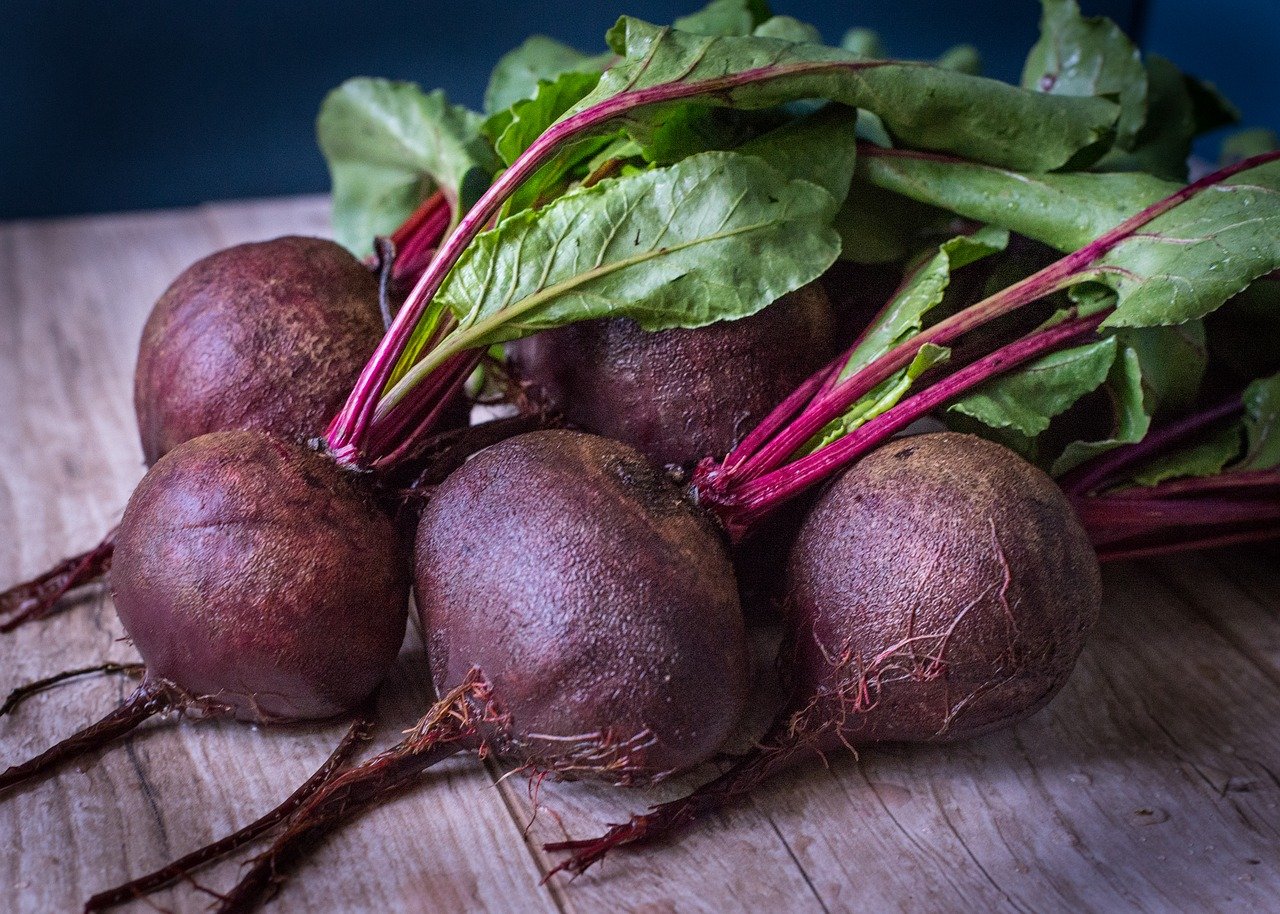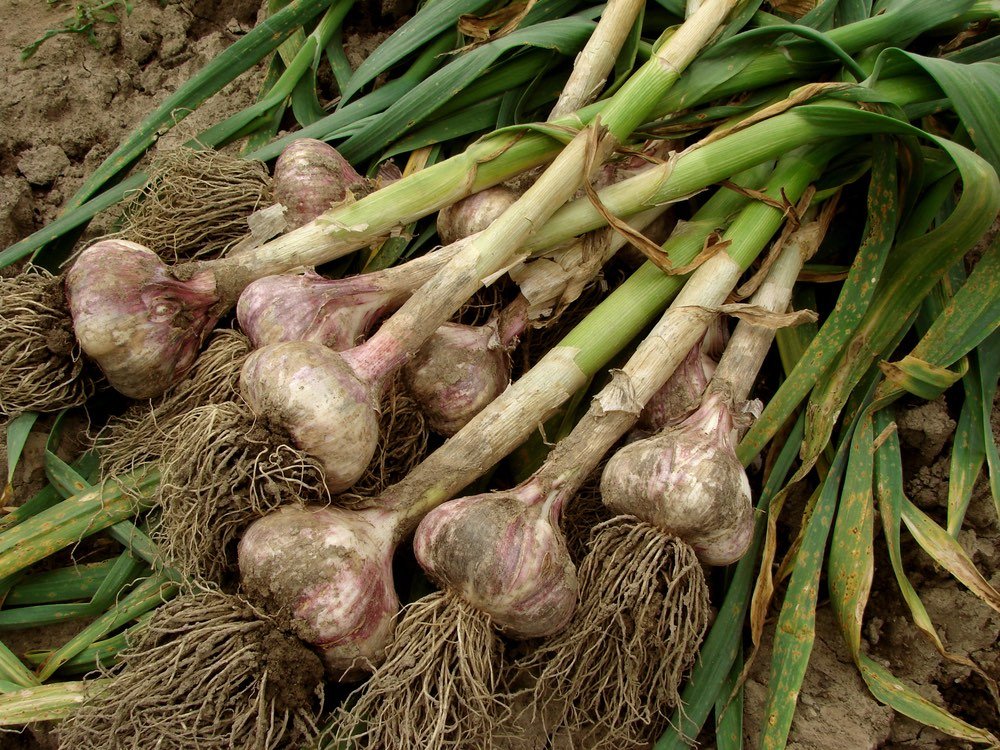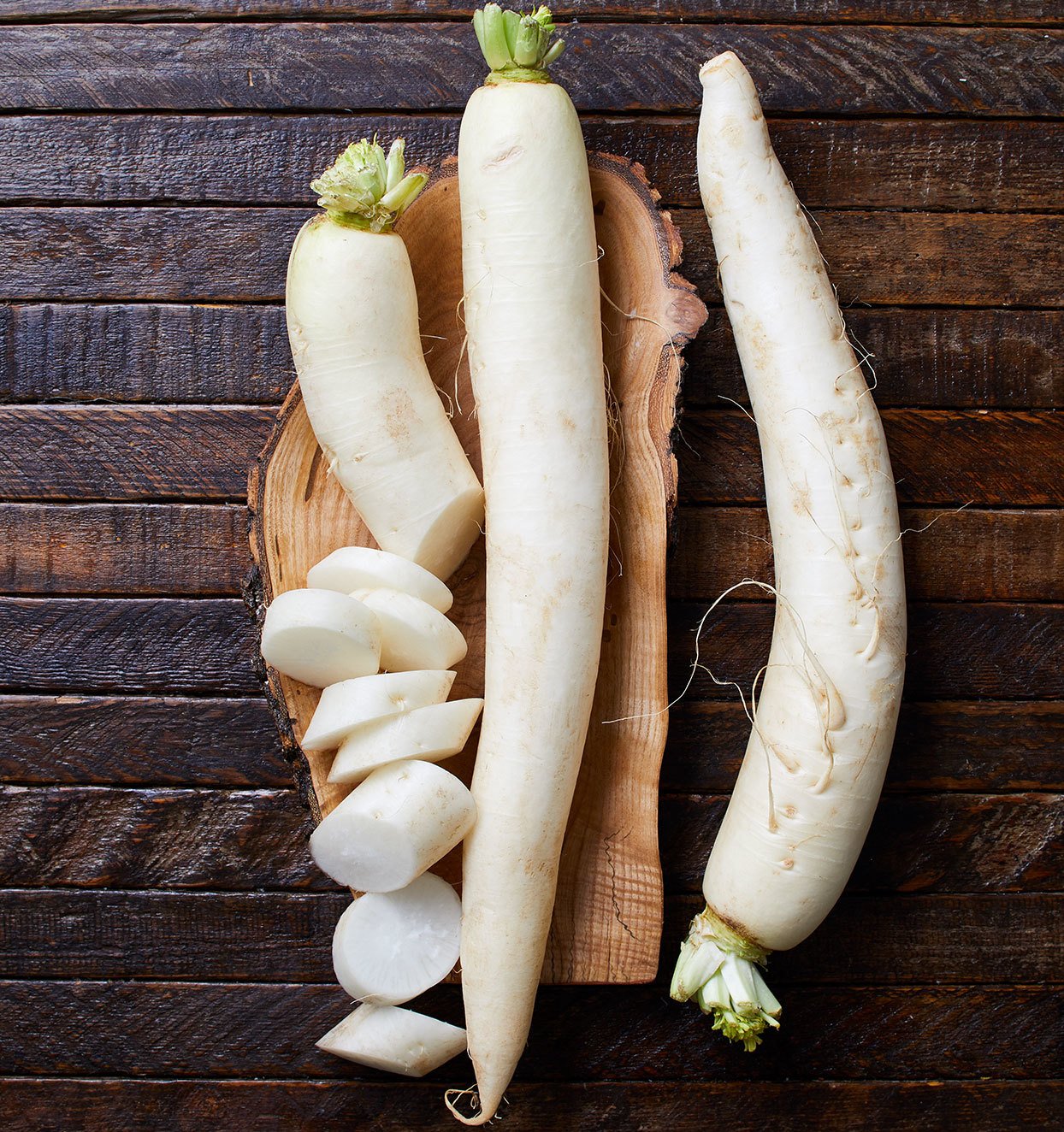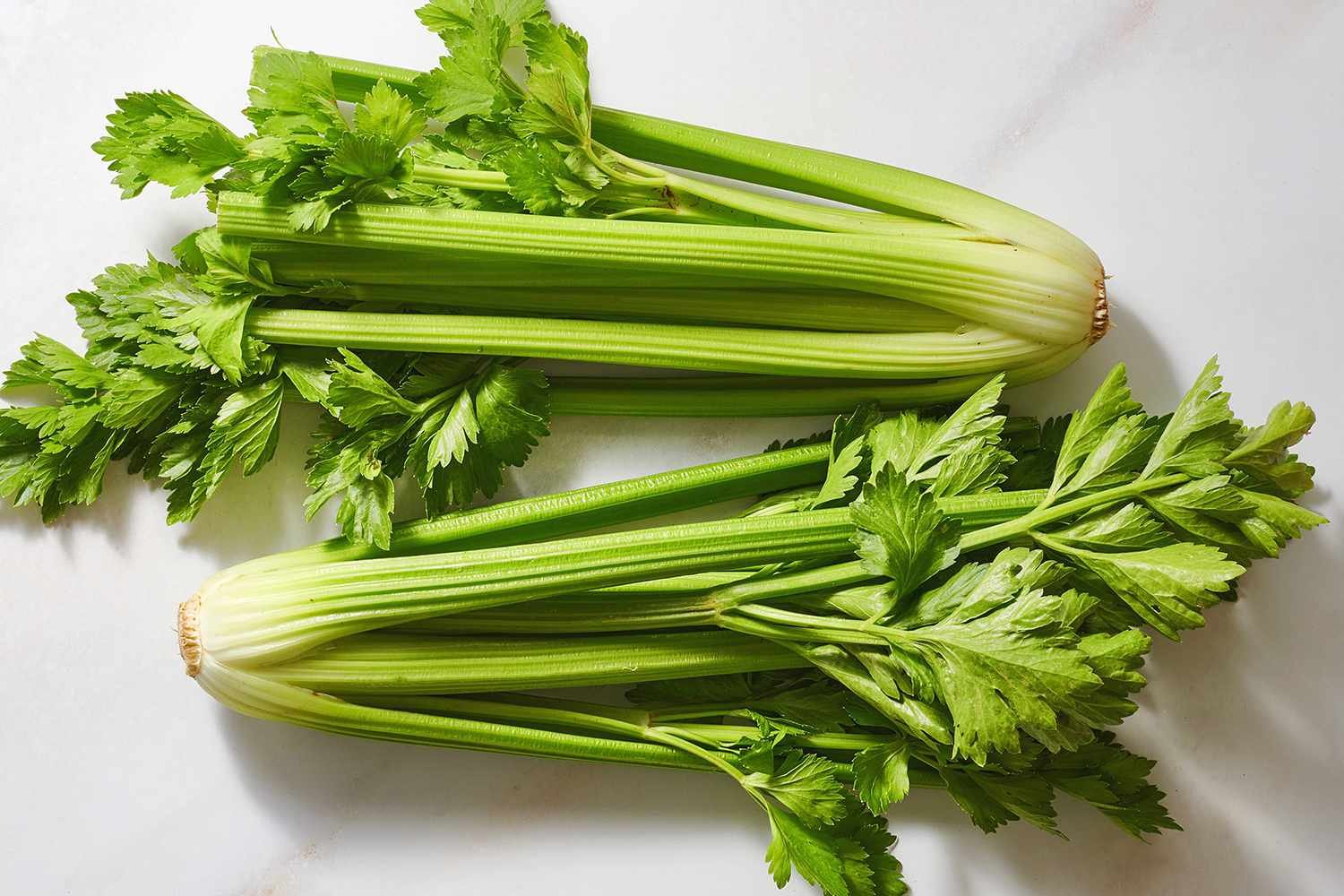Holistic Dietetics
Diet is the foundation of all health. Holistic nutrition is the cornerstone of any health plan. With every patient we evaluate diet and creating a specific plan to use the food that you are eating every day as a key component of your health plan. If you are looking for a holistic dietician or if you would like to consider diet as a major aspect of your health journey, our clinic can help get you there. Visit my primary nutrition therapy website here.
This is a list of my favorite foods to accomplish certain treatment goals. It is non-exhaustive and is not meant to be an independent guide to navigating a treatment plan. Always consider proper food preparation and combination rules when taking this list into consideration.
It is always better to eat more simple meals; if too many different types of foods are combined it becomes more complicated for the body to digest and process this meal without leading to the development of dampness, phlegm, or pathological heat.
Never eat foods sprayed with chemicals; most of the chemicals are neurotoxins.
Highly hybridized foods are usually more warming than heirloom varieties because the most common traits that are bred into the plants are faster growth and more abundant yield. These hybrids don’t nourish yin or blood as well as heirloom varieties but they may nourish yang and move qi or blood more efficiently.
The longer food ages after harvest the more it energetically degrades unless it is undergoing deliberate aging or fermenting.
The vast majority of modern people benefit from the elimination of added sugar and milled flour, both of which contribute to a damp, muddy environment in the intestines and can lead to malabsorption as well as metabolic decline.
All seeds must be soaked to begin the germination process; this includes beans, nuts, ‘seeds’, and grains. These parts of the plant contain phytates and lectins which prevent proper digestion and nutrient absorption. Soaking for at least 8 hours (and longer for large beans) converts phytates to phytic acid, and cooking properly degrades lectins. Ideally any of these foods will be soaked and then sprouted or roasted
Small beans are easier to digest and more nutritious than large beans; the best options for the every-day eating of legumes are lentils, mung beans, and peas. Soybeans may also fall on this list in the form of tofu or tempeh. If you eat larger beans please ensure that they are soaked at least 12 hours and that they cook a long time.
Schedule an appointment to develop a personalized dietary plan for you!
Bless your food
Before consuming a meal you should bless the food; this is the process of consecrating food toward a particular end. By this I mean that you will take a moment to direct your attention to the food to be eaten, make an effort to connect with the food in a meaningful way, and then command a directive for this food to accomplish in your body. Think of it as using your mind to program the vegetal mental matrix of the food substance, polarizing it toward your goals. For example: If you have osteoporosis and you decide to take up eating quinoa every day as part of the treatment strategy you would begin by soaking the quinoa for 24 hours, next rinse it a few times in fresh water, after this you can hold the jar of seeds in your hands and address the quinoa giving thanks for the gift of life and nourishment, and specifically requesting that the quinoa come into your body to nourish your bones. After soaking and blessing the seeds you can cook and eat it. The process may be a more prolonged meditation for some, especially if you feel it takes a few minutes to muster the connection with the food. For others it may be a quick invocation and move on. Over time this process will come to feel more natural and will become streamlined.
Some food products will be more amenable to this mental processing than others. Seeds are naturally very amenable to programming because this is an undifferentiated, simple state for a plant to exist in. You should always soak seeds before blessing because the soaking will awaken the seed; prior to this it is in a dormant state and your prayer will fall on deaf ears. Foods with a high water content will receive blessings well; this includes fresh fruits, fresh vegetables, milk, beans, mushrooms, etc. Dehydrated foods or highly processed foods are unlikely to be altered much from blessing. Meat doesn’t really receive blessing because the flesh of an animal already has an abundance of self-contained volition and motive energy. Attempting to add a motive energy or manipulate the motive energy of meat will be difficult for all but the most skilled priest and could be considered on par with doing an exorcism on the meat prior to blessing it. This is the reason meat is avoided by those following a simple path or those seeking to still the mind and purify the body; meat carries implicit energy which may be disruptive to self-designed plans. Simpler animals will have less of this, more complex and highly encephalized animals will have more of this. The old vegan adage “does it have eyes? does it have a mother?” comes to mind.
So with this in mind, if you become adept at blessing your food, even a glass of water can become potent medicine. Think of the energetic framework extant in your food as a secondary system to categorize the benefit or detriment that food may carry (I mean secondary to the standard chemical analysis model). So you could say that a plant with plenty of copper, zinc, calcium, and magnesium will assist in regulating nerve conduction; a plant grown in rich soil will do this better, a plant grown in poor soil will do this less better; this is the chemical analysis model. Similarly you could say that a plant which makes a habit of developing a fat taproot will assist in gathering yin energy in the body, a plant grown in the deep forest loam may go on to develop a fat taproot while the same species grown by the side of a busy highway may struggle to gather the yin qi necessary to form such a root. This is an example of energetic analysis of the plant and will be some testament to the energetic framework of the creature; the chemical composition could be identical.
foods to Nourish Yin
Cooking Technique - Raw, Stew, Steam, Poach, Braise
Lipids: Saturated Fats, MCT Coconut Oil, Ghee, Butter, Duck Fat, Lard, Cholesterol-Rich Foods
Macros: Low Sodium, High Fat
Structures: Seeds, Roots, Bones, Sedentary Creatures
Flavors: Increase Salty, Sweet, and Sour, Decrease Bitter and Spicy
Prohibitions: Stimulants, Alcohol, Coffee, Tobacco, Cannabis, Peppers, Strong Spices of any kind
Kidney Yin - Sesame Seed, Bones and Marrow, Eggs, Kidneys, Oyster, Clam, Mussel, Scallop, Eel, Octopus, Turtle Jelly, Snail, Black Bean, Seaweeds, Sea Cucumber, Fresh Coconut Meat, Royal Jelly, Gelatin, Asparagus Root
Beverages of Choice: Bone Broth, Seafood Broth (mollusks, crustaceans, seaweeds), Sesame Seed Tea
Liver Yin - Algae (Spirulina, Chlorella, Nori), Raw Milk, Yogurt, Fresh Cheese (soft and unsalted), Eggs, Pork, Flax Seed, Cod Liver Oil, Coconut Milk, Coldwater Fish, Liver, Gelatin
Beverages of Choice: Coconut Milk, Raw Goat Milk, Matcha
Stomach, Heart*, and Lung Yin - Mung Bean, Adzuki Bean*, Mochi, Parsnip, Carrot, Sweet Potato, Wheat Berry*, Oats, Tofu, Chia, Millet, Nopales*, Amaranth, Rice, Honey, Maple Syrup, Cane Sugar, Peanut, Gilled Mushrooms, Melons, Squash
Beverages of Choice: Coconut Milk, Chia, Boba, Congee/Rice Milk, Honey or Cane Sugar Sweetened Drinks
foods to Stimulate yang
Cooking Techniques - Sauté, Grill, Broil, Smoke
Macros: Low Fat, High Protein
Flavors: Increase Spicy and Sweet, Decrease Salty and Bitter
Structures: Sprouts, Shoots, Antlers, Flying Creatures
Prohibitions: Raw Food, Cold Food, Iced Beverages, Tropical Fruit
Kidney Yang - Shrimp, Lobster, Prawn, Winged Insects, Crab, Crayfish, Lamb, Venison, Rabbit, Quail, Pheasant, Goat, Garlic, Onion, Cinnamon, Quinoa, Cacao, Tree Nuts, Clove, Fenugreek, Fennel Seed, Cayenne, Sichuan Pepper, Pine Pollen, Bee Pollen, Truffles
Liver Yang Stimulants - Cinnamon, Camphor, Coffee, Tobacco, Alcohol, Blue Cheese, Goat Cheese, Capsicum, Nutmeg
Spleen Yang - Radish, Mustard, Ginger, Peppercorn, Sichuan Pepper, Capsicum, Cumin, Rosemary, Cardamom, Curry, Asparagus, Sprouts and Shoots, Sauerkraut, Kimchi, Cabbage, Broccoli, Brussels Sprouts and other Sulfur-Rich foods
Beverages of Choice: Dried Ginger Tea, Cinnamon Tea, Hot Chocolate, Masala Chai
foods to Generate Blood
Cooking Techniques - Bake, Roast, Stew, Steam, Poach
Macros: Balanced
Flavors: Increase Sweet and Sour, Decrease Bitter and Spicy
Golden Rules: Eat Warm and Simple Meals, Eat Meals That You Love
Prohibitions: Stimulants, Alcohol, Coffee, Tobacco, Cannabis, Peppers, Strong Spices of any kind
Foods to Generate Blood: Red Meat, Eggs, Raw Milk, Liver, Beets, Wheatgrass, Barleygrass, Mushrooms, Nettles, Sesame, Goji, Seaweed, Algae, Lentil, Pea, Garbanzo Bean, Soybean, Wheat, Rye, Figs, Dates, Plums, Grapes, Collard, Kale, Spinach, Molasses, Olive
Beverages of Choice: Beet Juice, Carrot Juice, Nettle Tea
foods to dry dampness
Cooking Techniques - Baking, Sauté, Dry, Smoke
Macros: Low Fat, Moderate Carb
Flavors: Increase Bitter and Spicy, Decrease Sweet and Sour
Prohibitions: Nighttime Meals, Heavy Meals, Refined Sugars, Milled Flour, Tropical Fruit, Alcohol, Dairy, Eggs
Foods To Dry Dampness: Ginger, Turmeric, Radish, Okra, Garlic, Onion, Oregano, Thyme, Fresh Olive, Clove, Kimchi, Rye, Corn (Buy Heirloom), Amaranth, Millet, Coix, Broccoli, Dandelion Leaf, Bitter Melon, Cabbage, Brussels Sprouts, Arugula, Endive, Celery, Celeriac, Parsley, Mustard Leaf, Peppercorn, Cardamom
Beverages of Choice: Pu Er Tea, Tannic Green or White Teas, Roasted Wu Longs
foods to Expel Lung Phlegm
Cooking Techniques - Sauté, Sear
Macros: Non Specific
Flavors: Increase Spicy and Salty, Decrease Sour and Bitter
Prohibitions: Dairy, Beef, Pork, Peanuts, Beans, Tropical Fruits, Eggs
Radish (raw or nearly raw), Radish Sprouts, Horseradish, Mustard Greens, Mustard Sprouts, Mustard Seeds, Fresh Ginger, Garlic, Onion, Scallion, Chive, Wasabi, Seaweed, Toasted Nori, Peppercorn, Cardamom,
Beverages of Choice: Fresh Ginger Tea, Scallion Broth
foods to move liver qi
Cooking Techniques - Raw, Sauté, Sear
Macros: Low Fat
Flavors: Increase Spicy and Bitter, Decrease Sweet and Sour
Structures: Sprouts, Shoots, Branches, Leaves
Prohibitions: Heavy Meals, Nighttime Meals, Seeds, Eggs, Beans, Grains
Celery, Bell Pepper, Mung Bean Sprouts, Wheat Sprouts, Brassicas (broccoli, brussels sprouts, turnip, kohlrabi, cabbage), Asparagus, Kale, Collards, Lettuce, Radish, Citrus peels, Dandelion Leaf, Horseradish, Wasabi, Mustard, Alliums, Ginger, Turmeric, Cardamom, Watercress, Curry
Beverages of Choice: Fresh Ginger Tea, Wulong Tea, White Tea, Green Tea, Vinegar Dilutions in Small Amounts, Alcohol Dilutions in Small Amounts, Coffee in Small Amounts







